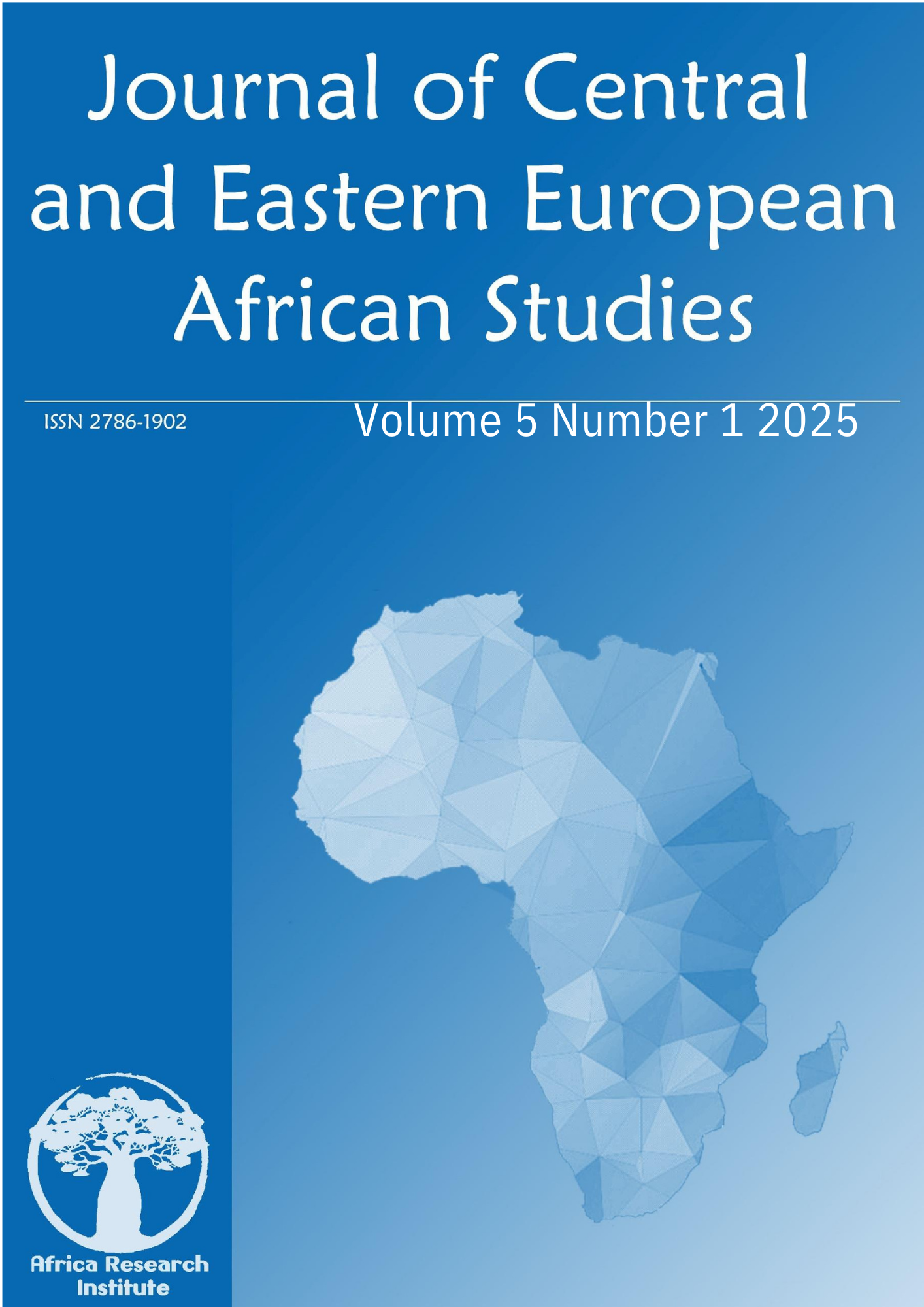Fiasco or status quo? The UN peace operation in Western Sahara
DOI:
https://doi.org/10.12700/jceeas.2025.5.1.164Keywords:
.Abstract
Even crises strongly concerning the world's public opinion fade into everyday life over time. This is much more the case with crises that take place behind God's back, in poor countries with small populations. However, the waning of attention can be dangerous, as in our modern world any local conflict can quickly escalate into a regional, continental or even global conflict. The conflict in Western Sahara is typically such a case, many people would have problems even to find on the map the area called "Africa's last colony". The editors of the opus” Conflict and Peace in Western Sahara”, János Besenyő, R. Joseph Huddleston and Yahia H. Zoubir intended their work not for them, but for those who already have some understanding of this stuck conflict and would like to deepen their knowledge even more, to enrich it with details unknown to them so far and to receive accurate analyses. The editors recruited an excellent group of authors to achieve this goal, from university lecturers to soldiers who served in the field. The result is an excellent summary work, an extremely powerful and comprehensive analysis of the United Nations Mission for the Referendum in Western Sahara. The quintessence of the book is given by a statement formulated by János Besenyő in 2009: ”MINURSO was meant to be a testing ground for the effectiveness of UN resolutions in settling disputes between a colonial power and its former colony, that is, between two forces with different political and military weight.” (p. 308.) The authors of the volume essentially analyze and interpret this question from different points of view.
References
Conflict and Peace in Western Sahara. The Role of the UN’s Peacekeeping Mission (MINURSO). Edited by János Besenyő, R. Joseph Huddleston and Yahia H. Zoubir (Routledge Studies in Middle Eastern Politics, Routledge, London, N. Y., 2023
Downloads
Published
Versions
- 2025-12-11 (5)
- 2025-04-22 (4)
- 2025-04-22 (3)
- 2025-04-22 (2)
- 2025-04-17 (1)
How to Cite
Issue
Section
License
Copyright (c) 2025 Gábor Búr

This work is licensed under a Creative Commons Attribution 4.0 International License.


